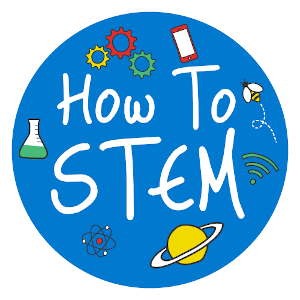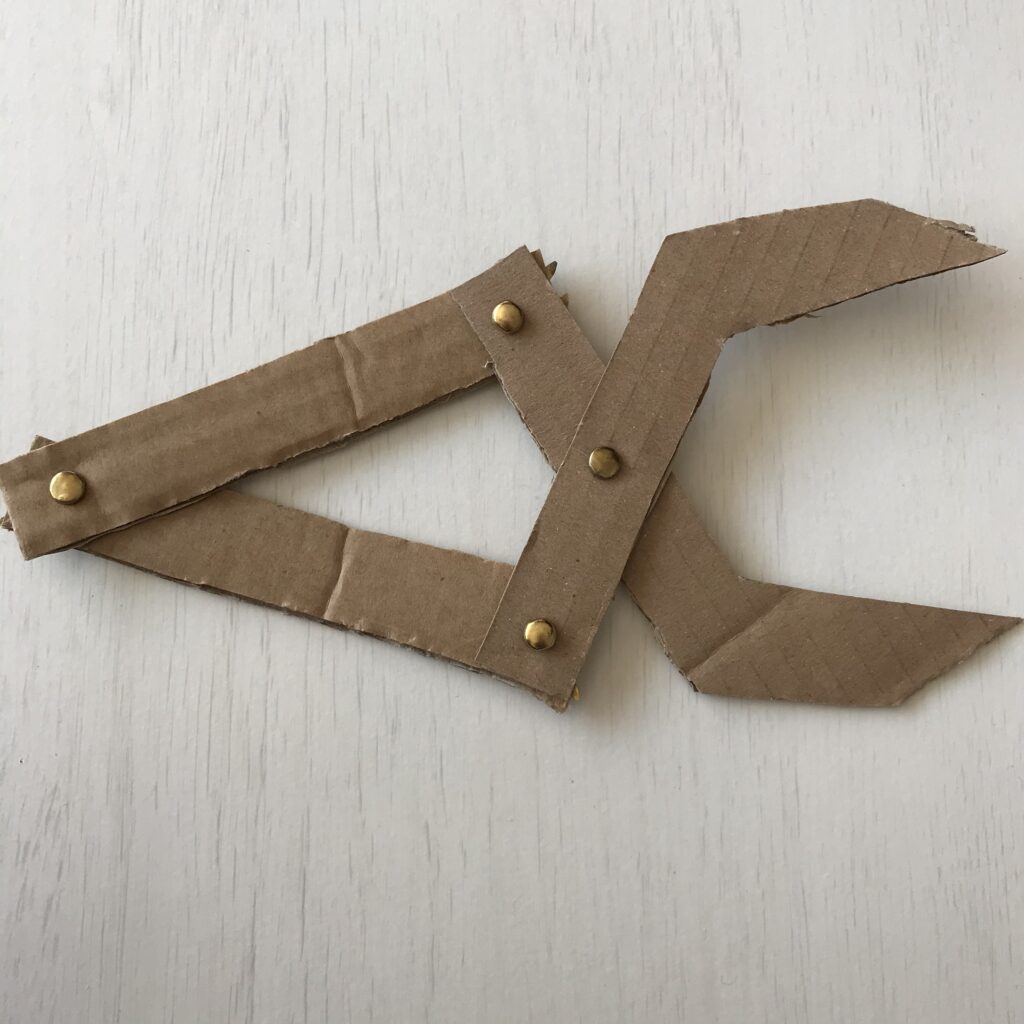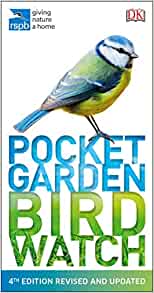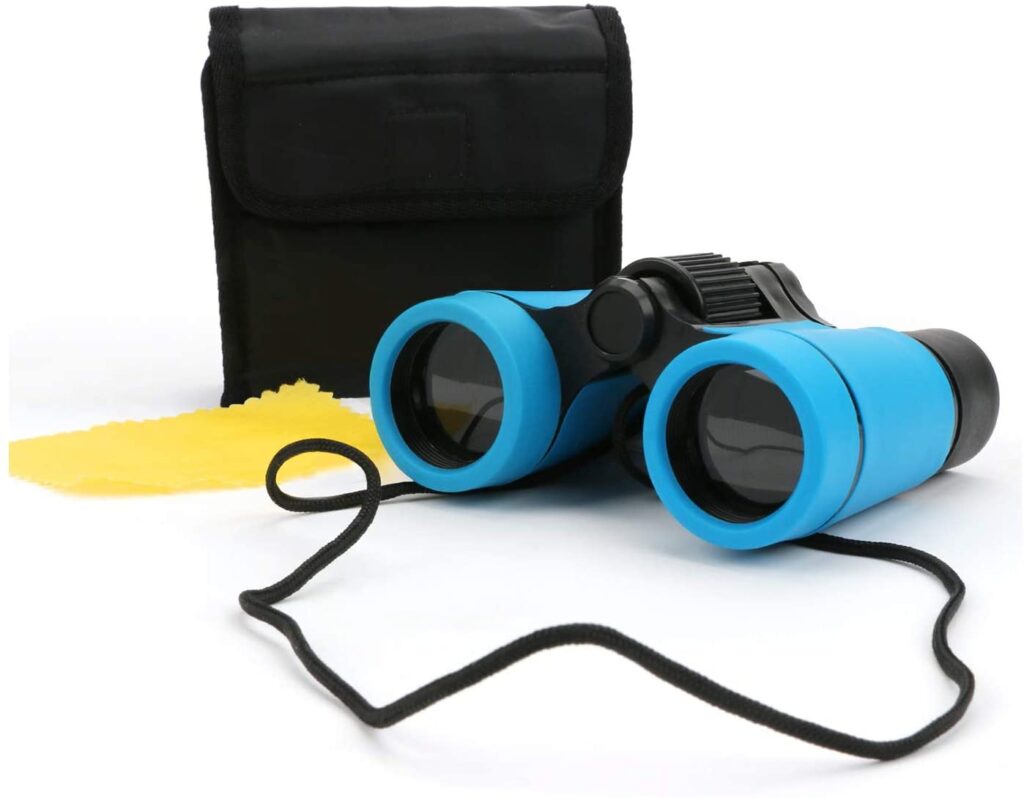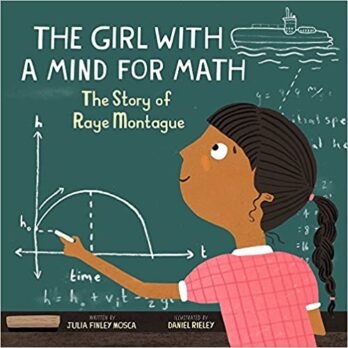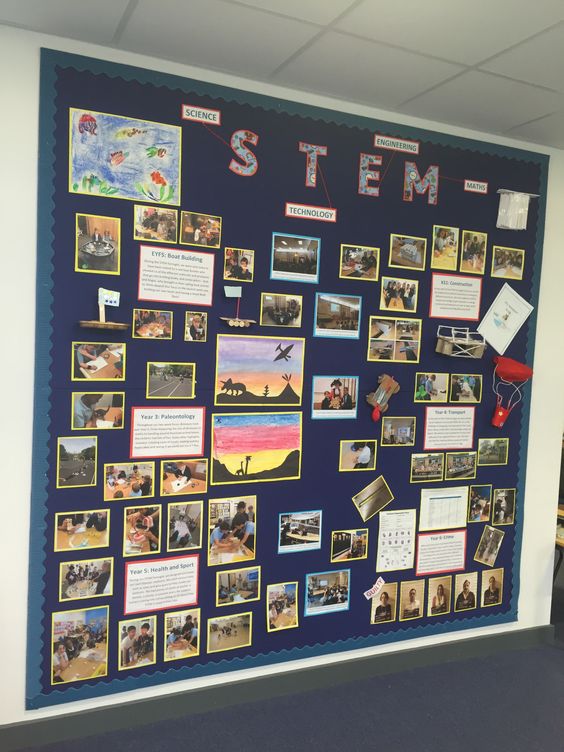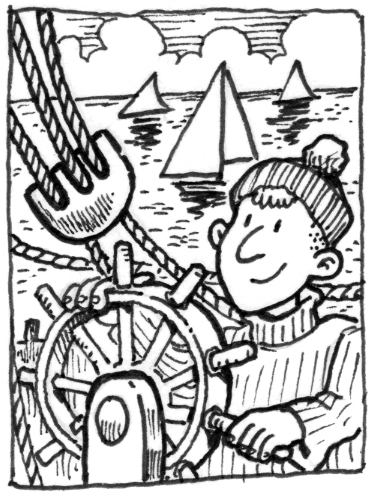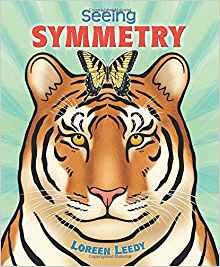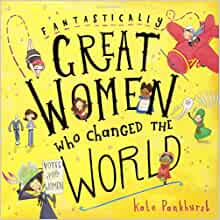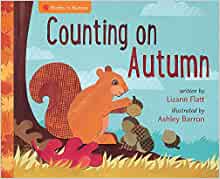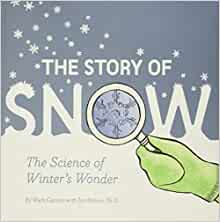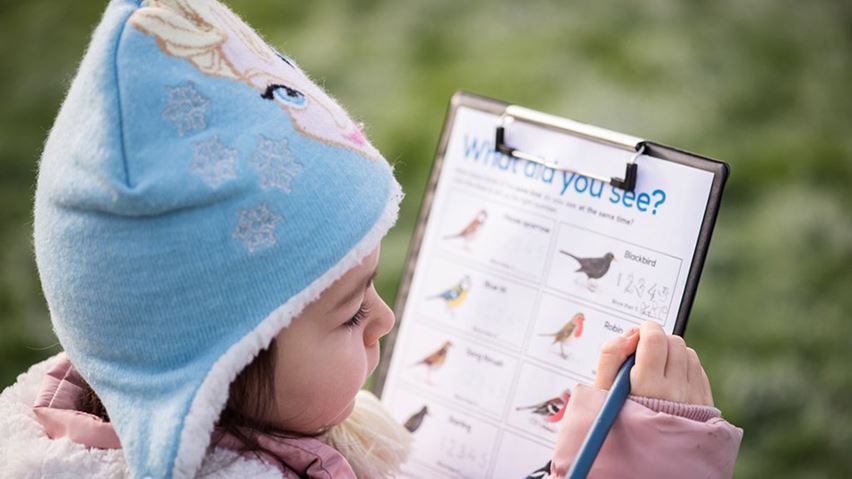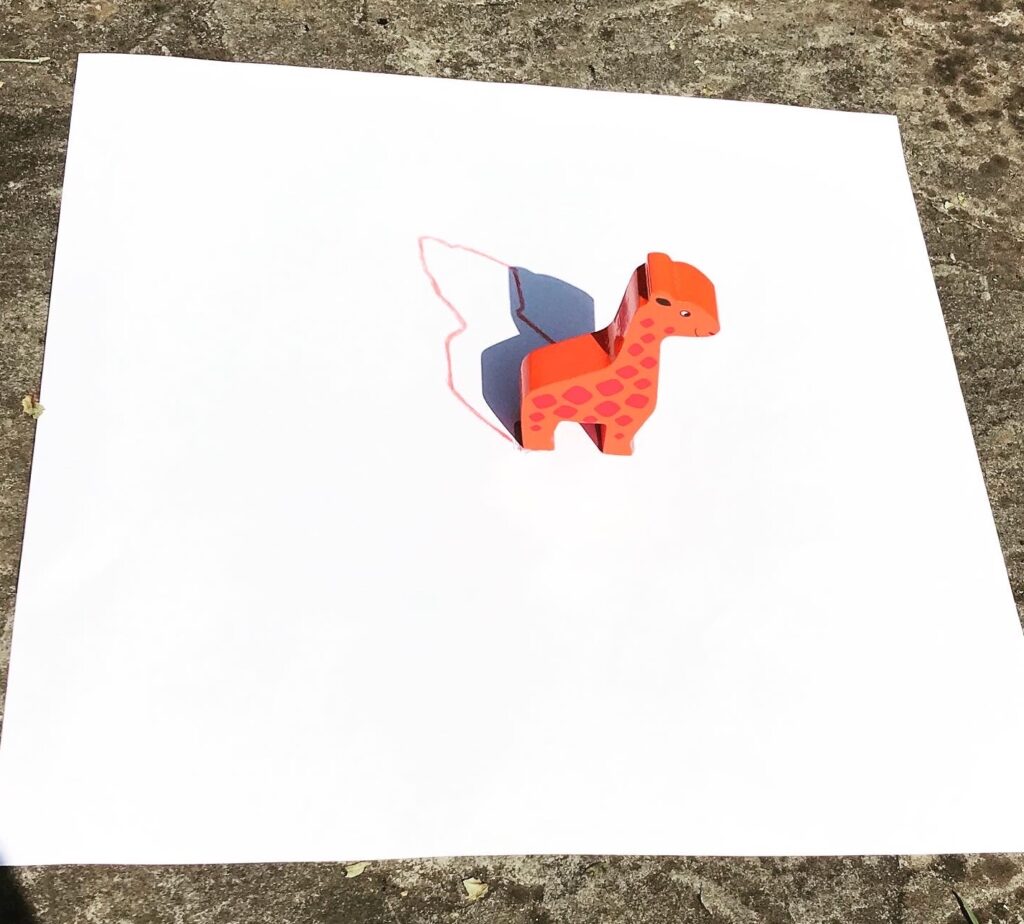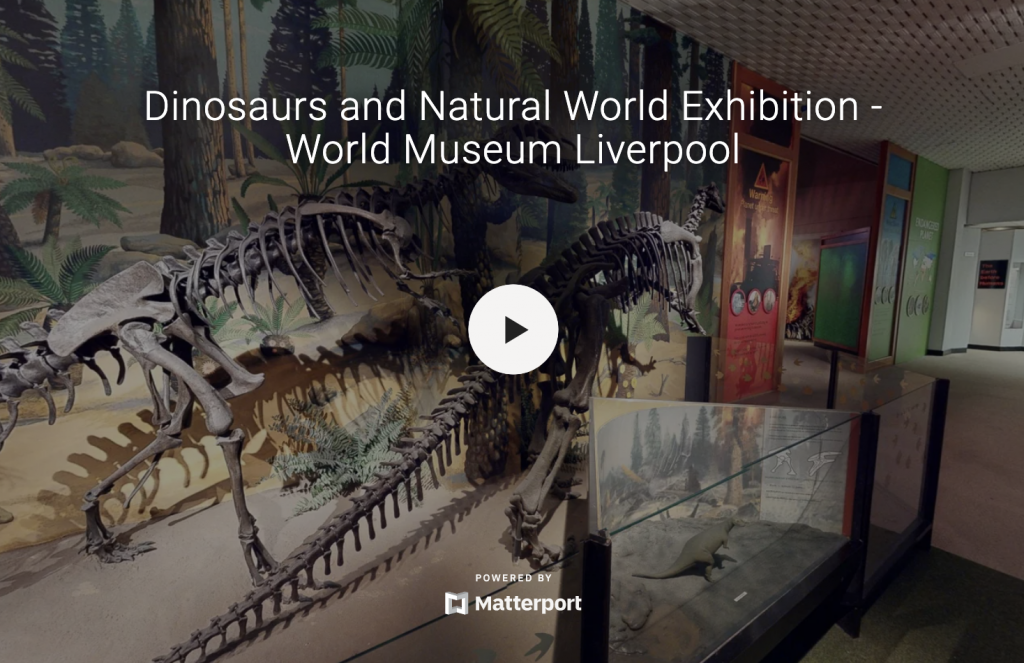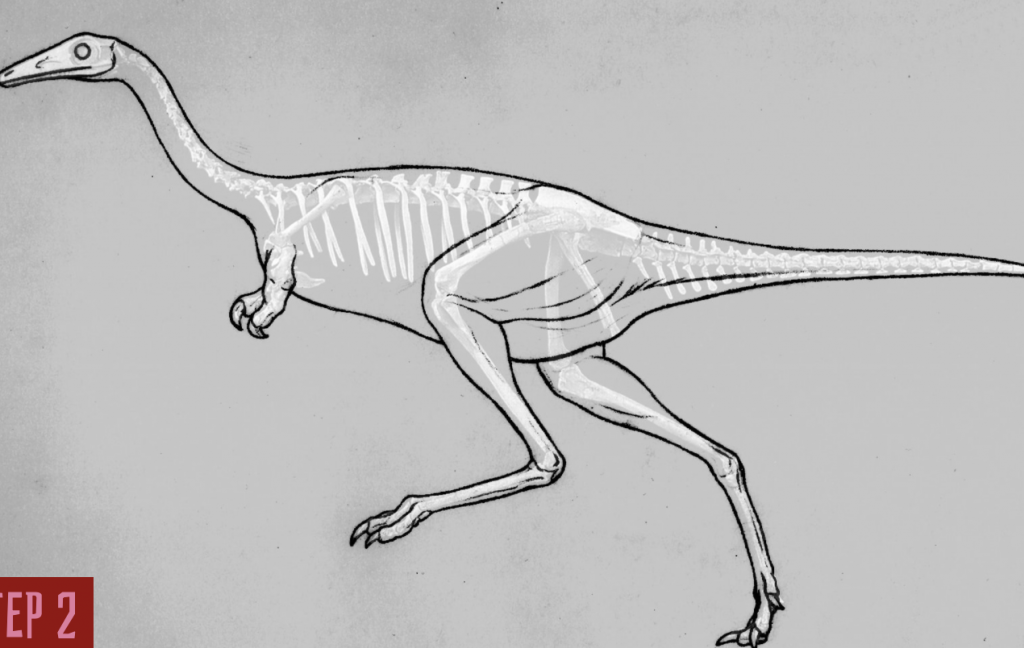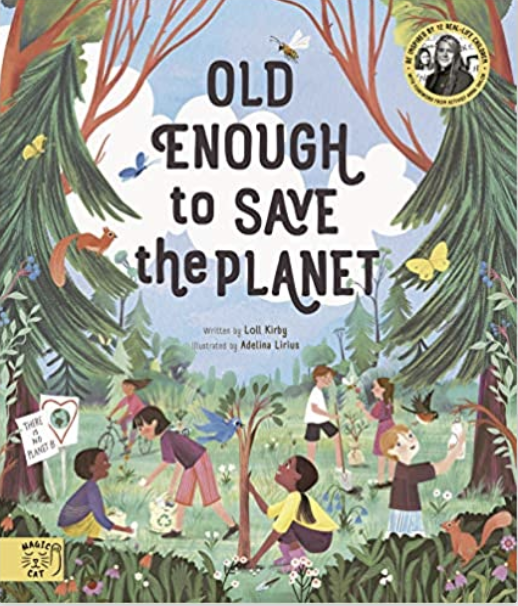
Welcome to the Spring 2023 edition of our seasonal STEM guides! It contains:
Diaries at the ready! The events listed below are a really good way to help theme your STEM activities and help children to make real-world links. Spring is full of new life; from tree buds and colourful bulbs emerging from the ground to lambs, frogspawn and early butterflies. Spring is a hopeful time when we can spend longer outside and enjoy all the season has to offer. Make the most of it with these STEM events.
International Women’s Day (8th March)

International Women’s Day is an annual event. It’s all about celebrating women’s achievements, raising awareness against bias and taking action for equality. t is a way to show how women have and continue to influence the world. As well as celebrating brilliant women, it’s also used as a day to highlight and raise awareness about issues that women still face. Whether deliberate or unconscious, bias makes it difficult for women to move ahead. Knowing that bias exists isn’t enough, action is needed to level the playing field.
How to get involved…
British Science Week (10-19th March)

British Science Week is a ten-day celebration of science, technology, engineering and maths that takes place between 10-19th March. British Science Week provides a platform to stimulate and support teachers, STEM professionals, science communicators and the general public to produce and participate in STEM events and activities.
The theme for the 2023 activity packs is ‘Connections’.
How to get involved…
World Water Day (22nd March)

World Water Day is a UN observance day, with the aim to highlight the importance of freshwater. It celebrates water and raises awareness of the 2.2 billion people living without access to safe water. It is all about taking action to tackle the global water crisis.
The UN uses this day to highlight the importance of water usage and the effects it can have on climate change. The campaign shows how our use of water can help reduce floods, droughts, scarcity and pollution, and how it can help fight climate change itself.
How to get involved…
National Robotics Week (1-8th April)
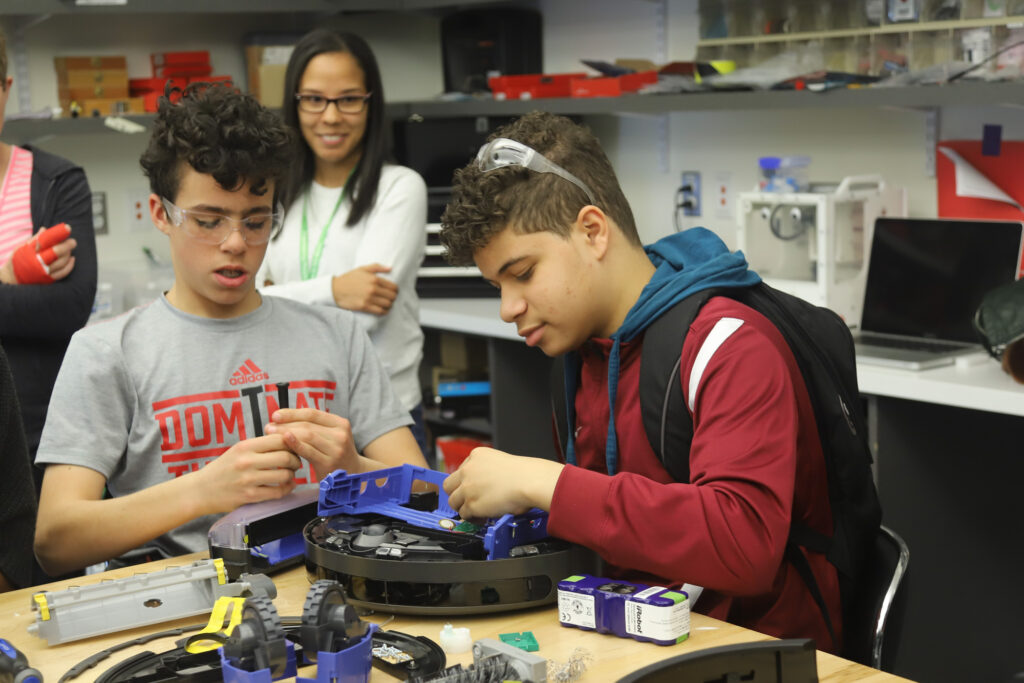
The mission of National Robotics Week (RoboWeek) is simple: to inspire students into robotics and STEM related fields, and share the excitement of robotics across all ages. It showcases the strength of the industry and the amazing things yet to come. Activities can come in all shapes and sizes from a robot themed party to a robotics competition.
How to get involved…
Earth Day (22nd April)

The Earth Day 2023 Theme is Invest In Our Planet. This is the moment to change it all — the business climate, the political climate, and how we take action on climate. Now is the time for the unstoppable courage to preserve and protect our health, our families, our livelihoods… together, we must Invest In Our Planet.
How to get involved…
International Astronomy Day (29th April)

International Astronomy Day is a worldwide event which is observed annually on the 7th May. It’s intended to promote greater education and understanding of the universe, as well as the ways in which we can observe it. Star-gazing, visits to planetariums and astronomy workshops are common activities.
How to get involved…
Spring STEM Resource Recommendations
Here are a few of our ‘must have’ Spring STEM resources. We think you’ll come back to them year after year with your children! Click on each picture to view it on Amazon.
Have we missed off a winter STEM event or a ‘must have’ winter STEM resource? If so then add it to the comments below. (note: this is a UK based website so some events have a UK focus).
